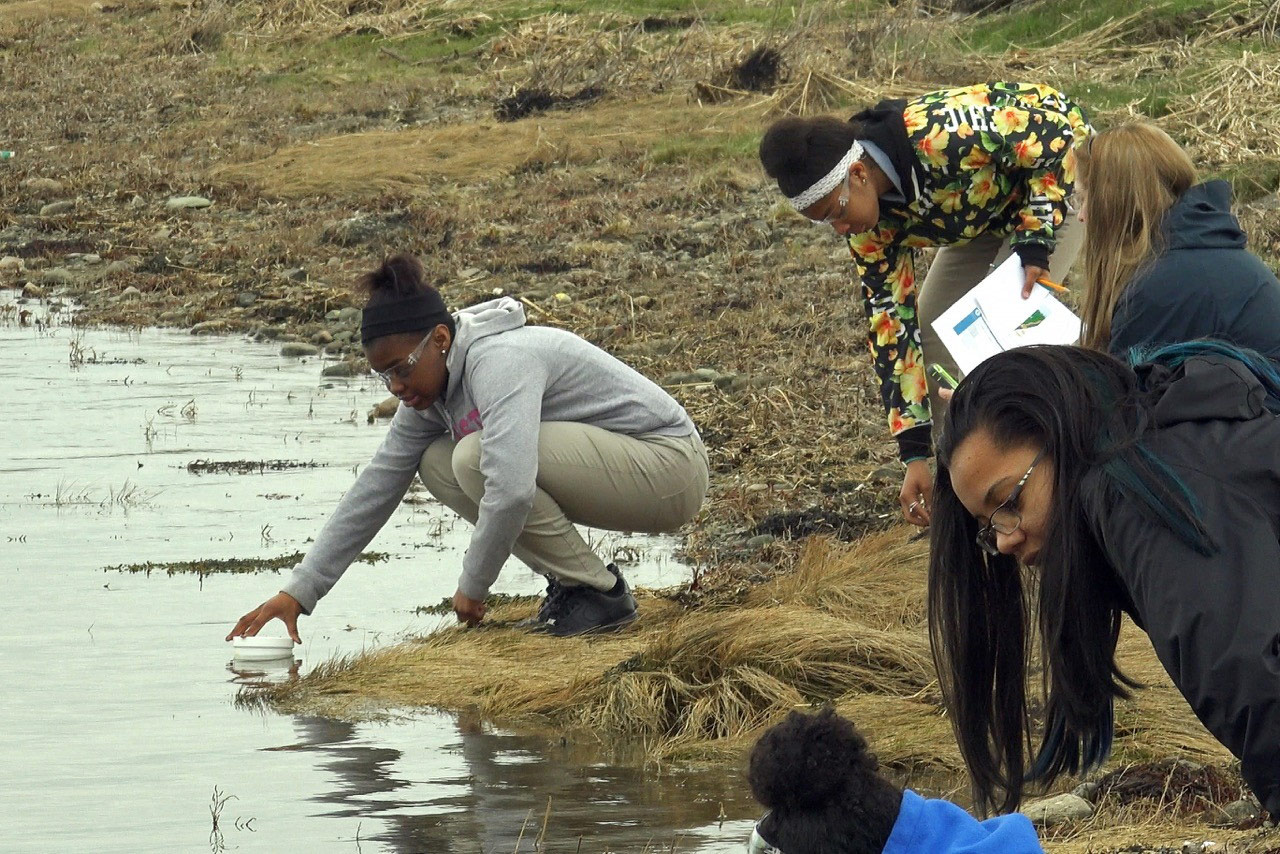Water SCIENCE
Importance
Clean water is vital to human existence, yet it is a resource that can no longer be taken for granted. Many areas of the United States now suffer persistent water shortages, and in almost every state, water resources are threatened by contamination from industry, agriculture, transportation, and other human activities. In the developing world, the scarcity of clean water is emerging as a public health crisis.
In Supporting Collaborative Inquiry, Engineering, and Career Exploration with Water (Water SCIENCE), middle school students from southern Arizona, southeastern Pennsylvania, and eastern Massachusetts complete hands-on science and engineering activities, receive guidance and instruction from undergraduate and graduate student mentors, interact online with STEM professionals, and learn about careers in environmental conservation and engineering while investigating their community’s local water resources.
The educational activities reflect the real-world challenges faced by water authorities in the three geographic regions: water scarcity and hardness in Arizona’s arid climate, animal waste and agrochemical pollution in Pennsylvania’s farming communities, and road runoff and wastewater management in the densely populated urban centers of eastern Massachusetts.
Students use tablet computers as mobile water-quality analysis instruments. Taking advantage of the cameras built into these devices, the Water SCIENCE project team is developing a mobile app to perform colorimetric analysis of inexpensive chemical water quality tests. The app enables students to evaluate the health of water bodies near their schools and share, map, and visualize the data online. By fitting inexpensive optical attachments to tablets, students are also able to capture magnified photographs and videos of samples from lakes and rivers, assessing the turbidity of the water, and documenting the presence of invertebrate life forms or visible contaminants.
After completing their water quality assessments, students conduct classroom engineering projects that model the technologies used to clean, conserve, and manage their local water resources. These activities include the cleaning of water by physical means (e.g., filtration), chemical treatments (e.g., pH balancing), and biological methods (e.g., plant root uptake). In addition, students engineer water conservation strategies, such as approaches for reducing household water consumption and systems for collecting and recirculating rainwater.
Through a series of virtual mentoring sessions, students interact in real time with STEM professionals working in the water field and learn about the critical roles played by scientists, engineers, and other professionals in maintaining healthy water resources, as well as the educational pathways leading to these careers. As a capstone experience, students engage in a role-playing exercise involving a simulated water emergency, such as a drought or an oil or chemical spill.
Water SCIENCE brings together experts in K-12 curriculum and educational technology development (Concord Consortium), environmental sustainability (Arizona State University), freshwater science and conservation (Stroud Water Resource Center), and hands-on engineering (Machine Science Inc.).
Videos
View all these videos and more on the Concord Consortium YouTube Channel.
Research
Research was conducted in diverse classroom settings in southern Arizona, southeastern Pennsylvania, and eastern Massachusetts, assessing student outcomes in three areas: 1) STEM career awareness and interest; 2) STEM content knowledge; and 3) the development of supportive mentoring relationships with university students and STEM professionals.
Publications
- Staudt, C., & Daniels, M. (2016), Monday’s lesson: Can you filter your water? @Concord, 20(1), 7.
Activities
View, launch, and assign activities developed by this project at the STEM Resource Finder.
